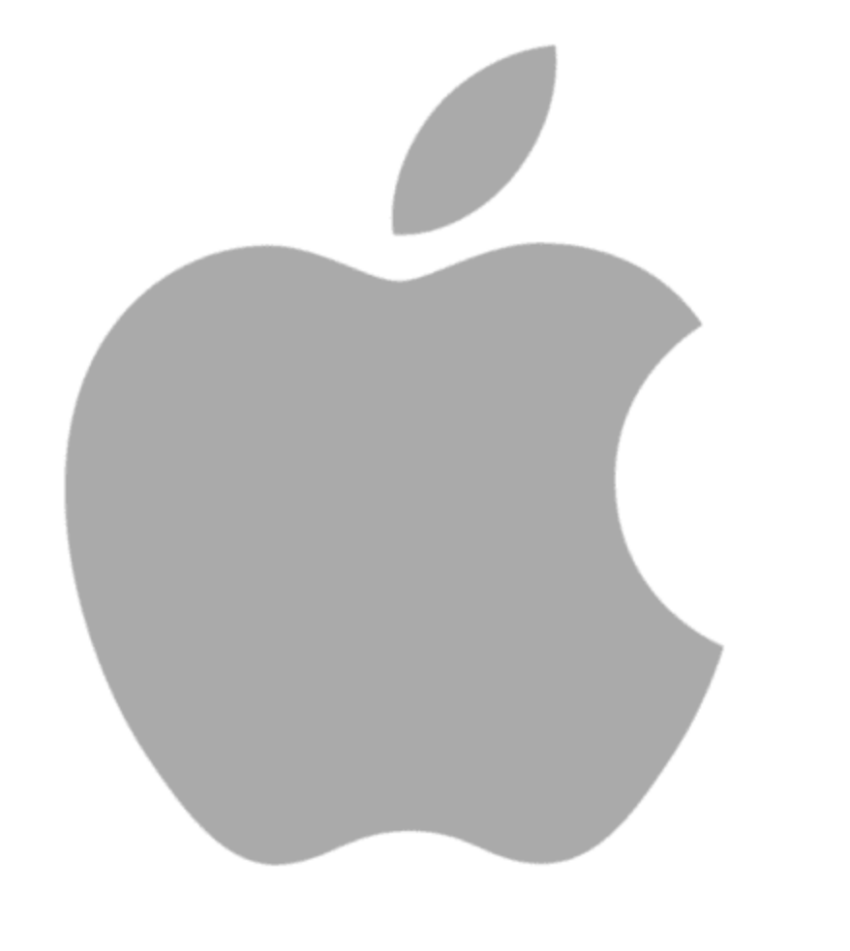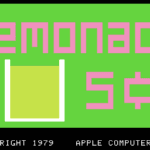
How I ended up at Apple (1999)
All in-depth articles about my Apple career:
- How I ended up at Apple (1999)
- AppleCare (1999-2000)
- Mail team (2000-2004)
- Aperture: Senior QA (2004-2005)
- Eye Candy QA (2005-2011)
- Flipboard interlude (2011-2013)
- Calendar and Contacts (2013-2015)
- SwiftUI (2015-2016)
- Watch Hardware (2016-2017)
- Eye Candy QA (2018-2019)
- Why I left Apple (2019)
I’ve interviewed hundreds of people while I’ve been at Apple. Unlike most new recruits, Apple was not a company I ever dreamed about working for.
I never wanted to work for a big company. Period. For me, a big company was one with more than 200 people. I found even companies that size were riddled with bureaucracy. You’d never talk to any of the senior leaders except during a Q&A at a company-wide event. I couldn’t fathom working at a company with more than 5,000 people like Apple was at that time.
Even if Apple were small, I had given up on them back in the mid 1990s. The last straw was my nearly $7,000 purchase of a PowerBook 5300— the worst computer I’ve ever owned. I later sold it for $500 just for the display. Apple’s system software quality was also at an all time low. For six months, I tried to switch to Windows but failed. It was a pretty dark time in general.
In between jobs, I took a contract job doing documentation as I wanted to get more experience. I also wanted something steady while I figured out my next step. I had to work on this Dell laptop and I was writing documentation about Windows NT migration that no one would ever read. It was mind-numbing.
One day my phone rang and it was a recruiter from Apple. They had snagged my resume from one of the online job sites and they asked if I was interested in an interview. The first thing that came to mind was “Can I use Macs?” — a depressing thought that I considered it a positive to be able to use a machine and software I despised..
If for no other reason than to skip the documentation job for a day or two, I decided there was no harm in interviewing. Sharpening my skills at the very least.
The interview shocked me. I had this impression as an outsider than surely all the smart people must’ve left Apple by now, leaving only the ones with not enough skills to flee. While Steve Jobs was back as interim CEO, it was unclear whether he’d be involved long-term. In fact, he didn’t become permanent CEO until a year after I joined.
I was majorily impressed with each and every person I interiewed with, from the recruiter, to my future manager, to my future team, and my future peers. These people were smart, dedicated, and truly believed in the future of Apple. There were no slackers that I could see.
Even so, I was waffling. My future boss gave me a copy of Mac OS X Server 1.0, which had just come out that day. He told me to go home and play with it and then we could have a few more interviews the next day.
So, I went home and this is where I had my Steve Jobs visiting Xerox Parc moment. Within a couple hours of playing with the software, it was clear to me that this was the future and I had to be a part of it. If they could refine this. If they could fill the holes. If they could ship this. If people fell in love with it. If all this could come together, I was convinced the company could survive.
That’s a lot of ifs! Even though I thought it was possible for Apple to survive, I felt it was a longshot. I decided that I would give it two years and see how it goes. I was actually worried what it would look like to have Apple on my resume should they fail and I needed to look for another job. Why the hell would you go work there, future companies might ask me.
But I wanted to pitch in and try to help Apple succeed in my own small way. Twenty years later, I still feel like I live in an alternate universe where Apple succeeded and thrived instead of withered anemically year after year.
I never regretted it for one minute. Well, let’s say that the percentage of minutes where I regretted it was extremely low. 🙂
